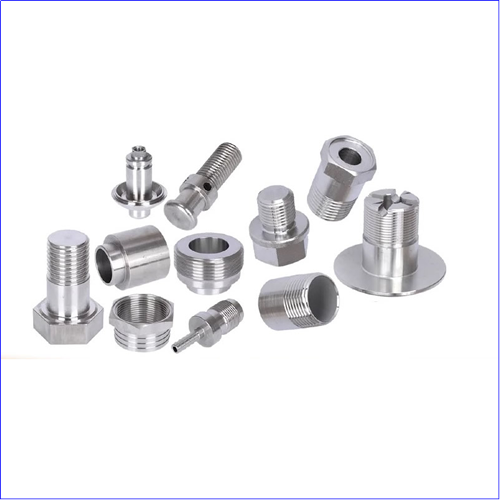CNC Machining in the Energy Industry
2025-11-19
The energy industry demands high quality parts with the utmost precision and repeatability.
The energy industry is a strategic sector for every country. Providing a continuous power supply to offices and production plants is crucial, especially for extensive production facilities that rely on fossil fuel-powered power plants.
While precision in manufacturing machine parts in this sector isn't a priority, repeatability is crucial for the compatibility of newly produced parts.
This facilitates the replacement of parts used in the power grid—manufacturing quality also impacts the lifespan of these components. This capability is provided by CNC machining processes.
Precision machining components for transformer assemblies, chassis, or turbine rotors—in nearly all of these areas, CNC equipment can provide precise and accurate manufacturing.
This level of quality facilitates maintenance and assembly of larger systems. Another aspect—the ease of replacing worn parts—is primarily due to the precision provided by CNC manufacturing processes.
Currently, the following processes are primarily used to produce CNC components in the energy industry:
CNC milling—provides high precision and repeatability in machining across many axes. Such technology allows for the rapid production of a variety of construction profiles, chassis, gears, and larger rotor components—used in power plants ranging from hydroelectric and wind to coal and atomic.
CNC lathes are the most commonly used method for manufacturing cylindrical parts, such as drive, crankshafts or mounting pins.
Other processes for surface improvement, the most common of which is aluminum anodizing. This process is often used to manufacture parts for the energy industry. Another oxide layer on the part's surface (especially the aforementioned anodizing) provides insulating properties—thus, aluminum turning parts can be safely used in electric devices.

CNC Manufacturing for Wind Power Plants
CNC machining is one of the key factors transforming this industry and allowing it to generate more energy. One of the main reasons is the ability to manufacture complex parts, which helps optimize energy production.
CNC Manufacturing for Photovoltaic Farms
CNC manufacturing for photovoltaic farms focuses on manufacturing panels using CNC technology—the modules are actually "printed" by CNC-controlled equipment.
This helps reduce the possibility of human error and ensures optimal energy production at the best price for manufacturing. Each of these small elements impacts the energy output of a particular photovoltaic farm sent to the grid.
More typical CNC machining in the photovoltaic industry focuses on:
CNC milling frames for individual panels and entire units. Due to the use of components (e.g., anodized aluminum), these components can remain lightweight and rigid, and the entire structure is resistant to long-term environmental blasts.
CNC lathes are used to manufacture the numerous shalft and pins used in assembly, often made from very rigid materials to provide optimal performance in a timely manner.
CNC grinders are used to improve surface quality and provide optimal fittings. This precision, thanks to the minimum tolerances and rigidity of the construction, aids assembly and overall rigidity.



